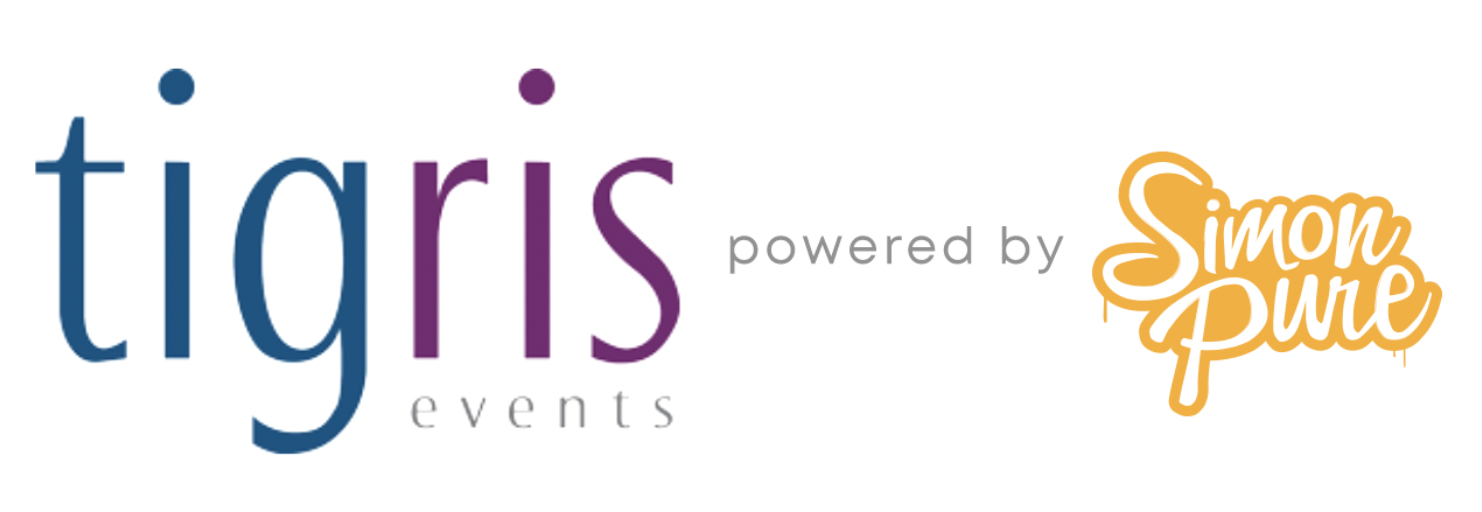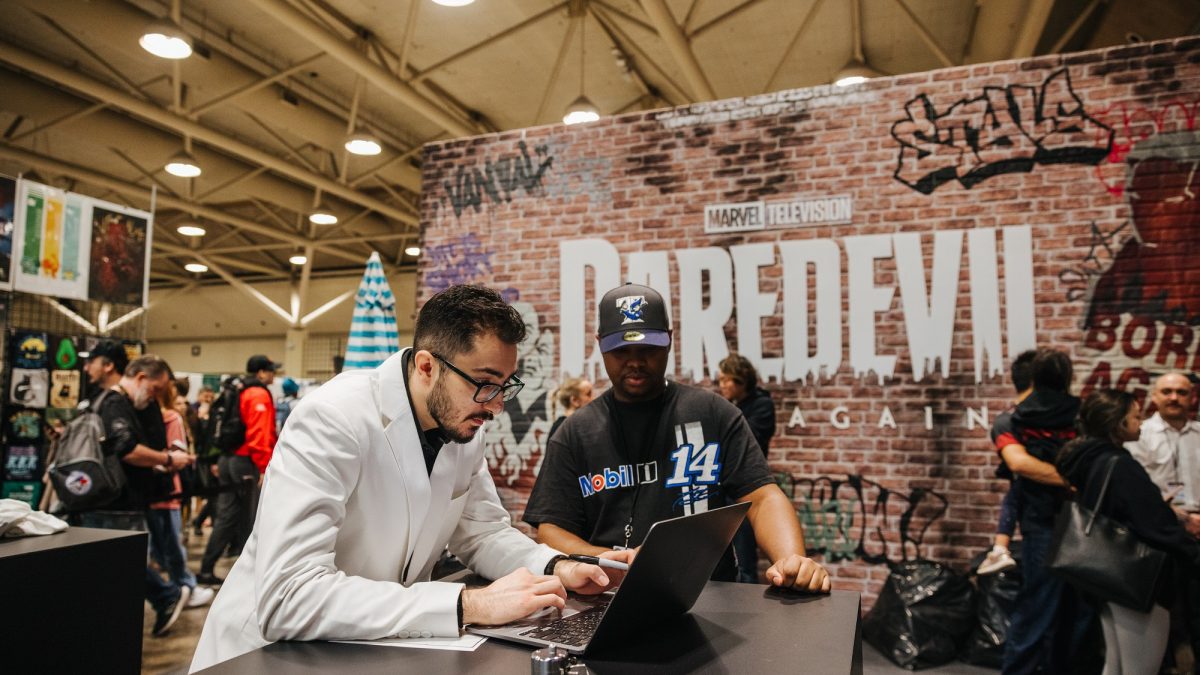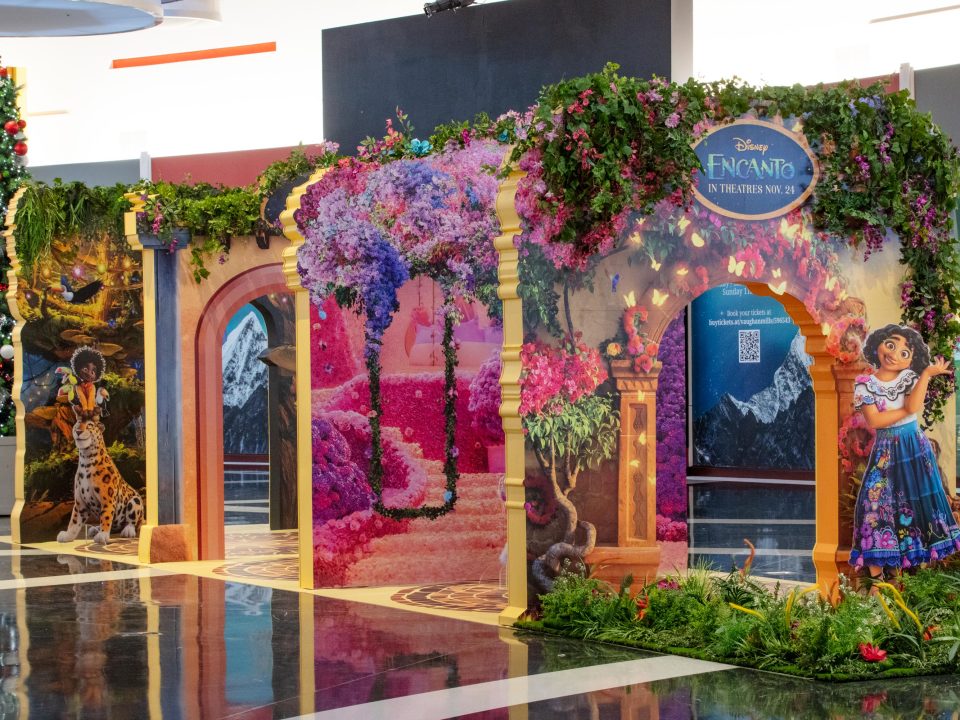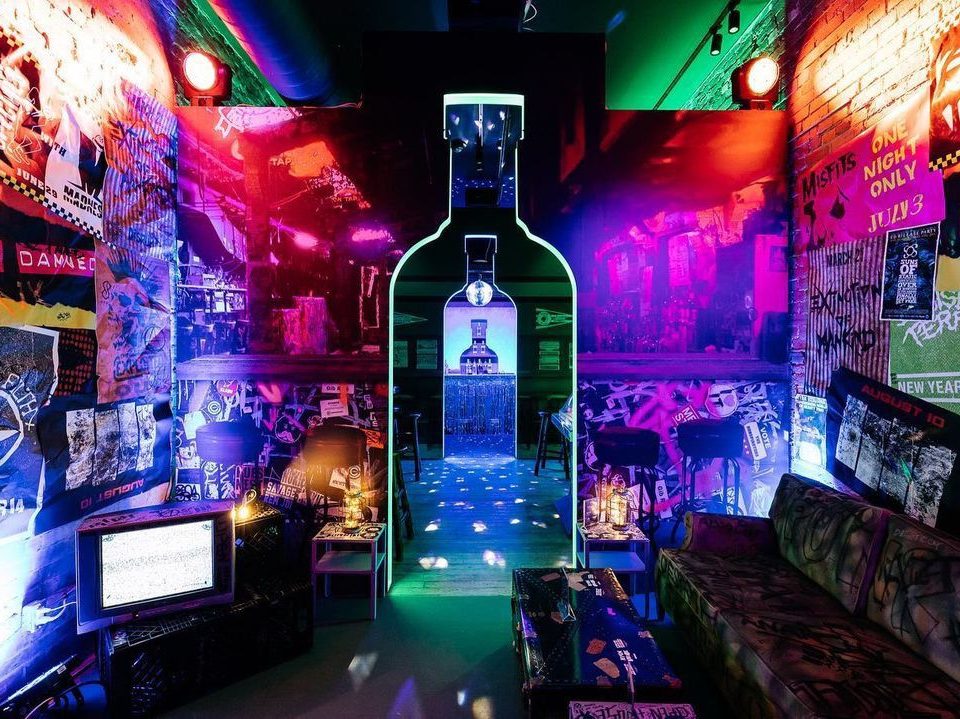Beyond the Booth: Crafting Experiential Marketing Programs That Actually Convert

Tasting Is Believing: How Strategic Brand Samplings Build Trust and Drive Sales
July 29, 2025Branded booths. Free swag. Flashy visuals.
These elements certainly attract attention but attention alone isn’t what necessarily drives the results your brand needs.
The most successful experiential marketing events go beyond the booth to deliver immersive, measurable, and strategically aligned experiences that turn curious guests into loyal customers.
Here’s how to design experiential campaigns that convert as well as they entertain.
1. Start with the End
Before you design a single element for your event, consider the following question: What does success look like?
Is it capturing leads? Driving in-store or online sales? Boosting awareness for a new product? Or maybe generating content for a follow up campaign?
The first step towards designing an event that converts is having a clear conversion goal in mind right from the planning stage.
This goal should then shape every part of the experience, from layout and staffing to post-event follow-up.
Without a goal, even the most impressive setup might not leave you with the results your brand needs.
2. Build for Interaction, Not Observation
People don’t attend experiential activations to be passive. They come to them to participate – and often with friends, too!
That’s your opportunity. Great experiences:
- Invite hands-on product use
- Encourage creative expression or play
- Offer choices that feel personal
- Create a moment worth sharing
As studies show, people love to experience events with friends. Whether it’s a photo booth, taste test, guided demo, or interactive installation, make sure there’s a way for your audience to get involved, and ideally with other people too.
Thus, as the strategy goes, the more involved your audience is, the more likely and willing they will be to convert.
3. Staff for Engagement, Not Just Logistics
Your event staff are more than crowd control. At events, they’re also the human face of your brand.
To drive results, your team needs to:
- Understand the conversion goal
- Be trained in key brand messages
- Engage guests with intention
- Prompt action at the right moment (sign-up, sample, scan, share)
The right brand ambassadors don’t just help manage the flow for the event. They also move people forward in your marketing funnel. Whether it’s through gentle reminders, exit sampling, or any other path that gets them closer to conversion.
4. Make the Path to Conversion Obvious
This might be a no-brainer, but it’s also one of the points that tends to get lost in the shuffle when designing a big brand event.
Even an amazing experience can fall flat where outcomes are concerned if guests don’t know what to do next.
Always include:
- A clear call to action
- QR codes, tablets, or promo cards for easy follow-up
- Signage that guides guests toward next steps
Keep the action simple, direct, and friction-free, especially if you’re asking guests to share data, make a purchase, or opt-in. Ideally, you want it to be something that is quick and painless, and fitting for the moment without being distracting.
5. Extend the Experience After the Event
The most successful experiential planners aren’t just about the event itself. They’re also concerned about what happens after.
Even if your event hit the mark, and came off as memorable and unforgettable for your audience, you’ll still want to do your due diligence.
Be sure to have a follow-up strategy in place, which could include:
- Automated follow-up emails or SMS
- Exclusive post-event offers
- Retargeting ads or personalized content
- Campaigns that repurpose UGC or feedback
It’s often through the follow up, the reminders that you care and are connected, that turns a one-day activation into a long-term relationship.
6. Measure What Matters
Lastly, to know if your event converted, you need data. Ideally, trackable metrics might should be in place, including ones that allow you to assess:
- Lead volume and quality
- Purchase rates during and after the event
- Content engagement or hashtag use
- Survey responses or brand sentiment shifts
Insights from this data can shape everything from your next activation to your broader marketing strategy.
Tigris Events: Building Experiential Programs That Perform
At Tigris Events (powered by Simon Pure), we help brands design, staff, and execute experiential marketing programs that do more than dazzle. We build experiences that are aligned with your goals, backed by data, and designed to deliver results.
Whether you’re launching in one city or across Canada, we’ll help you go beyond the booth and into your customer’s mind, memory, and heart.
Contact us today!




